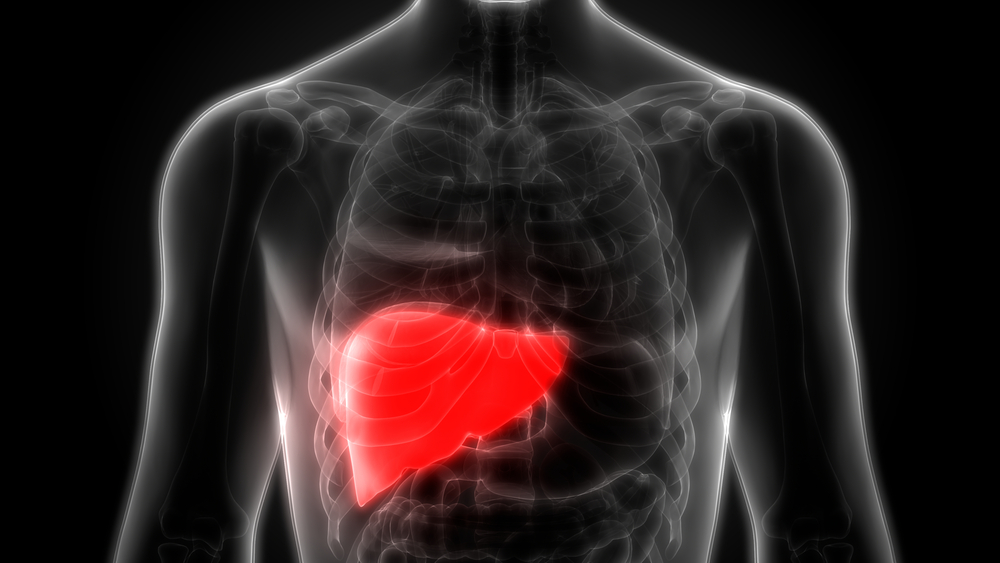-
What may be behind the unexplained cases of hepatitis in kids

Several countries, including the U.S., have identified or are investigating unexplained hepatitis cases in children. While the reported cases are appearing in clusters, they remain rare. About 200 children are affected worldwide.
"What we're hearing from the places that are reporting these cases is that there are some children — usually previously healthy kids without underlying medical conditions — who have been admitted to hospital with severe hepatitis or severe inflammation of their liver," says Dr. Nipunie Rajapakse, a Mayo Clinic pediatric infectious diseases specialist.
Watch: Dr. Rajapakse discusses hepatitis symptoms in children.
Journalists: Broadcast-quality video is available in the downloads at the end of the post. Please courtesy: Mayo Clinic News Network Name super/CG: Nipunie Rajapakse, M.D./Infectious Diseases/Mayo Clinic
The Centers for Disease Control and Prevention issued a nationwide health alert asking parents and health care professionals to be on the lookout for symptoms and report any potential hepatitis cases without known cause to local and state health departments.
Understanding hepatitis in children
"Hepatitis is just a term that refers to inflammation of the liver. There can be many different causes. In kids, the most common causes are infections — usually viral infections. But it can also be caused by certain medications; certain immune system issues like autoimmune hepatitis, for example; or exposure to certain toxins," says Dr. Rajapakse.
Symptoms
"The symptoms of hepatitis relate to the liver not being able to do its job properly. And, so, a symptom that you might notice is yellowing of the skin or the whites of the eyes. Sometimes the whites of the eyes are where it shows up first because it's easier to pick up than in the skin. Kids may also complain of abdominal pain, so especially in the right upper part of the abdomen, which is where the liver sits, they may have pain specifically there. But it can be anywhere in the abdomen. You might notice dark urine or light-colored stool."
Other symptoms include fever, nausea, decreased appetite, vomiting and diarrhea.
What's causing these cases of hepatitis?
Scientists are still trying to understand what may be causing these cases of hepatitis in children.
"When they've looked for kind of the typical viruses that we think of that cause hepatitis in children, they haven't found those usual viruses. But what many of these children have tested positive for is a virus called adenovirus and a specific type of adenovirus called adenovirus 41," says Dr. Rajapakse.
Adenovirus
"Adenoviruses are a large group of viruses — there's about 50 different types that we know of — and they can typically cause certain illnesses, for example, pinkeye, vomiting and diarrhea. So stomach flu-type illness, or respiratory illness with runny nose and cough. These circulate pretty commonly among children," says Dr. Rajapakse.
Adenoviruses have been reported as a cause of hepatitis in some patients who are immunocompromised, but the children being reported in these recent clusters have mostly been otherwise healthy.
Is there a COVID-19 connection?
"We think this is unlikely to be related to COVID-19. But it is one of the things that we need to really look at and study to make sure that we've explored all of the possible relationships," says Dr. Rajapakse.
"Another question that has come up is whether this could be related to getting vaccinated for COVID-19. As we don't have a vaccine that is approved for use in kids under 5 years of age, many of the children who have been reported with this have not been vaccinated. So there's no evidence to suggest this could be related to a vaccine."
____________________________________________
For the safety of its patients, staff and visitors, Mayo Clinic has strict masking policies in place. Anyone shown without a mask was either recorded prior to COVID-19 or recorded in a nonpatient care area where social distancing and other safety protocols were followed.
Information in this post was accurate at the time of its posting. Due to the fluid nature of the COVID-19 pandemic, scientific understanding, along with guidelines and recommendations, may have changed since the original publication date.
Related Articles







